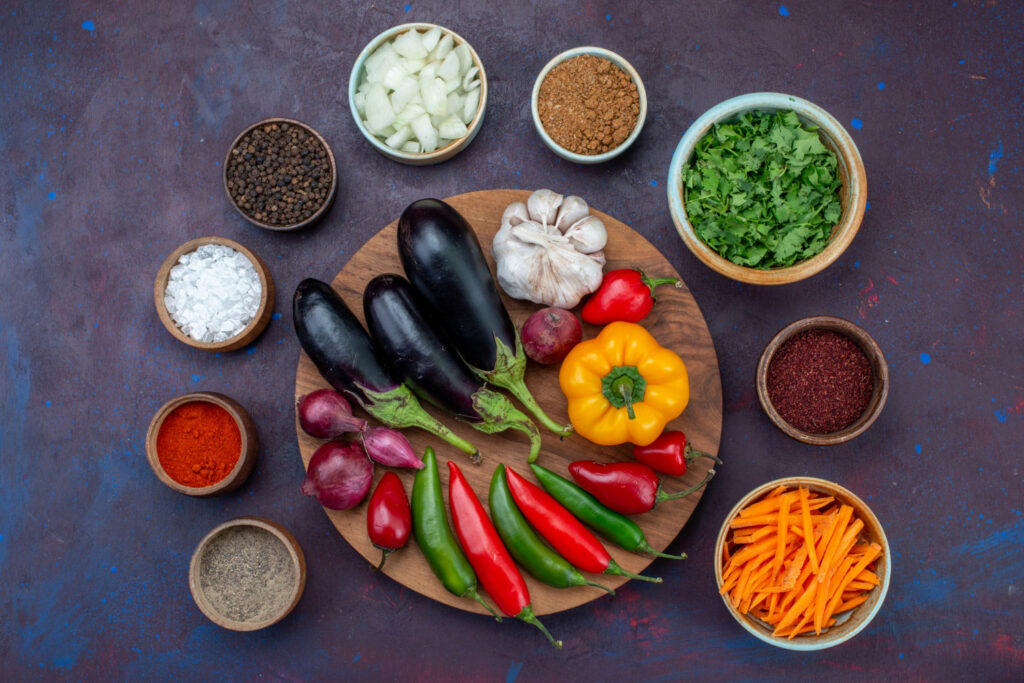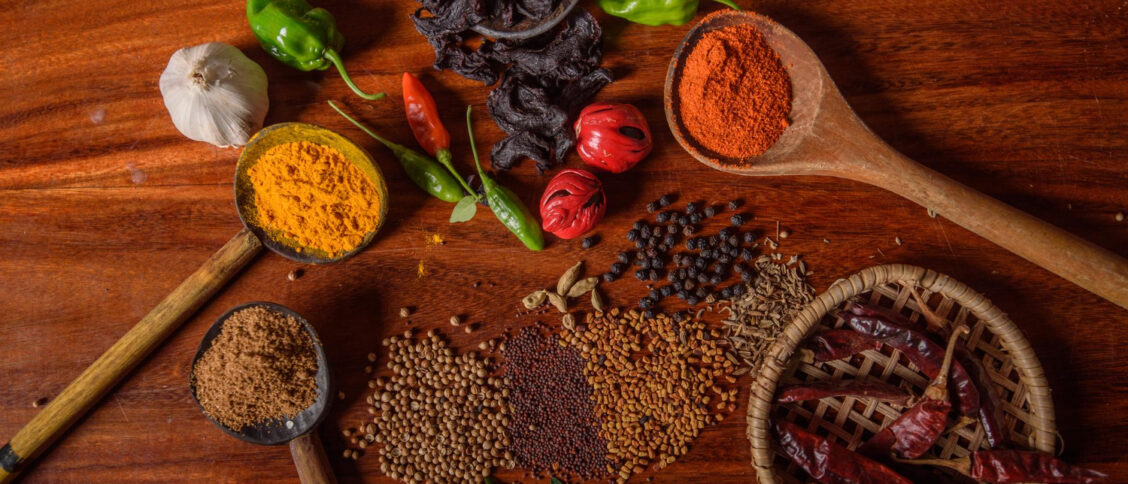The use of African ingredients in continental cuisine is transforming classic dishes and introducing interesting new flavors to continental food in the UK.
There are many different and vibrant cuisines throughout the nation. This blending stimulates our taste buds and draws attention to the diverse fabric of African culinary heritage.
What does this mean for foodies in the UK and how African products are impacting continental cookery will be discussed.
A Taste of Africa: Ingredients Making Their Mark
- The Power of African Spices
African spices that bring a depth of flavor that is both foreign and familiar, such as tamarind, harissa, and berbere, are making their way into continental kitchens.
The warm, spicy, and slightly smokey flavor of Ethiopian berbere spice combination complements roasted meats and stews alike.
North African chile paste, harissa, enhances everything from pasta to grilled veggies with a burst of flavor and a whisper of sweetness in European cooking.
- The Unique Flavor of Teff and Millet
Ancient African grains like millet and teff are becoming more popular in continental cooking. A mainstay of Ethiopian cooking, teff is prized for both its high nutritional content and nutty flavor.
It’s being used into creative products like breakfast cereals and gluten-free breads. Because of its mild, somewhat sweet flavor, millet is becoming more and more popular as a healthy substitute for traditional grains in salads, side dishes, and even baked products.
- African Fruits and Vegetables: A New Frontier
African fruits like moringa, which is well-known for its health advantages, and baobab, which has a tangy, citrus-like flavor, are becoming more and more popular.
These fruits are lending a refreshing edge to savory recipes, sweets, and smoothies. African eggplant and okra are two examples of vegetables that are becoming more and more popular because they add distinctive flavors and textures to a range of recipes.
The Fusion Revolution: African Ingredients Meet Continental Cuisine
African components are included into continental cuisine to foster cross-cultural communication as well as the addition of new flavors.
In the UK, chefs are experimenting with these ingredients and combining them with classic European cooking methods to create dishes that are both avant-garde and mindful of their heritage.
Imagine, for instance, a classic Italian risotto enhanced by the tang of baobab, or a typical British shepherd’s pie with a hint of berbere spice.
These combinations highlight how adaptable African foods are and how well they work with and enhance continental cuisine.

Why This Matters: Celebrating Diversity and Innovation
Using African products in continental cooking not only expands our understanding of food but also encourages people to celebrate the diversity of civilizations.
It helps us to explore the globe through our taste buds and cultivates a deeper awareness for regional cuisines and customs.
This culinary bridge serves as an example of how food may promote inclusivity and heal ethnic rifts.
Get Involved: Experience the Fusion for Yourself
In continental cuisine, are you eager to sample the full-bodied flavors of African ingredients? There’s no end to the creative ways you can use these unusual ingredients in your cooking, whether you’re an experienced chef or just an inquisitive home cook.
Try out recipes that combine African produce and spices with your favorite continental dishes, visit local markets, and look for specialty ingredients.
Take your culinary trip to the next level by incorporating African products into your dinner. Tell us about your adventures and culinary creations, and together let’s celebrate the colorful tapestry of world cuisine.

